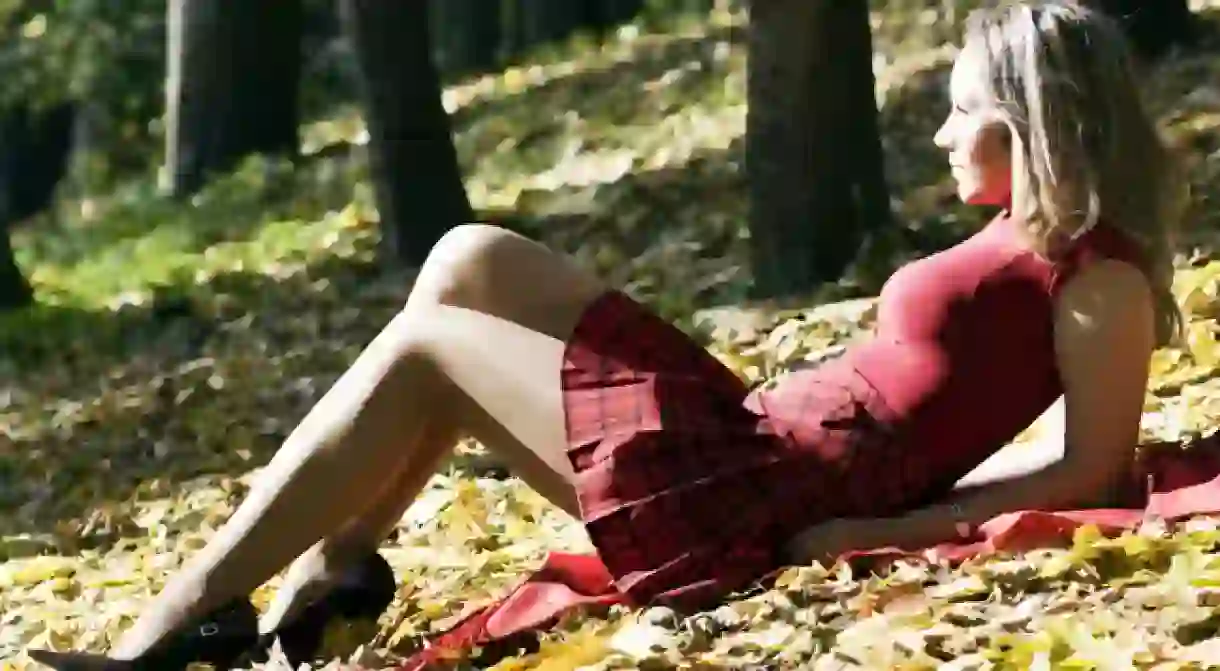Revolutionary Fashion Trends That Changed The World

Anyone who thinks fashion isn’t important in the grand scheme of things should take another look at history. These seven fashion crazes were more than just a few noteworthy fads; they have defined the modern world.
Men’s Top Hats
Before the glory days of the Wild West, the USA was confined to its original thirteen colonies on the East Coast of North America. That was until the top hat caught on, and, driven by a desire to hunt more beavers and source the felt that formed the lining of these hats, American entrepreneurs followed their compasses West, precipitating the western expansion of the American nation during the nineteenth century.

Ladies’ Feather Hats
Human trends have been a major cause of the dwindling biodiversity of our planet in recent times. Elephants, tigers and deer are just a few of the animals that are hunted to satisfy our species’ excessive material desires. American merchants, seeking the eponymous component of ladies’ feather hats, hunted the Carolina Parakeet to complete extinction about a century ago.

Miniskirt
Initially met with disgust and banned in public by many European countries for allegedly inviting sexual harassment, the miniskirt was soon adopted as a symbol for women’s freedom of expression. After an initially uneasy reception in the 1960s, the miniskirt recovered to become a staple of empowering female fashion that now resides on waists all over the Western world.

Lounge Suit
The lounge suit originally evolved from British King Charles II’s dapper seventeenth century garms, and developed into its modern form during the Victorian era. Since then, the suit has become the most widely owned outfit in the world and the unequivocal uniform of Western capitalism. It is somewhat ironic that “suits” has become a synonym for businessmen, considering the attire traces its origins to “the merry monarch”, so called for his extravagant, party-prone lifestyle.

Burqa
While the full-body covering preceded Islam, the burqa has enjoyed a cultural resurgence among conservative Islamic populations in recent years. Some European countries, including France and Germany, have banned the burqa in certain circumstances. This culturally driven political controversy has made the burqa one of the most contentious garments of the twenty-first century.

Wristwatch
Not technically a trend that changed the world, the wristwatch is a fashion craze that was dictated by the world around it. Prior to the hiatus in conflict that resulted from the industrial scale of death and destruction wreaked by WW1 and WW2, war was common in the western world and served as a major driver of technological innovation. The need to coordinate military maneuvers practically resulted in the British developing the wristwatch towards the end of the nineteenth century. Rather than carrying cumbersome pocket watches, officers strapped their timepieces to their wrists and inadvertently changed men’s fashion forever.

High Heels
High heels were first worn by men to highlight elevated social status, but also for practical reasons, such as locking into stirrups while horse riding. One of the first women on record to have adopted high heels was Catherine de’ Medici, who did not want to be disadvantaged by her height in the cutthroat world of sixteenth century politics. Men soon came to view high heels as an increasingly feminine item when their use among women became more widespread. They have since gone on to become a standard of female-exclusive fashion in the twentieth and twenty-first centuries.














